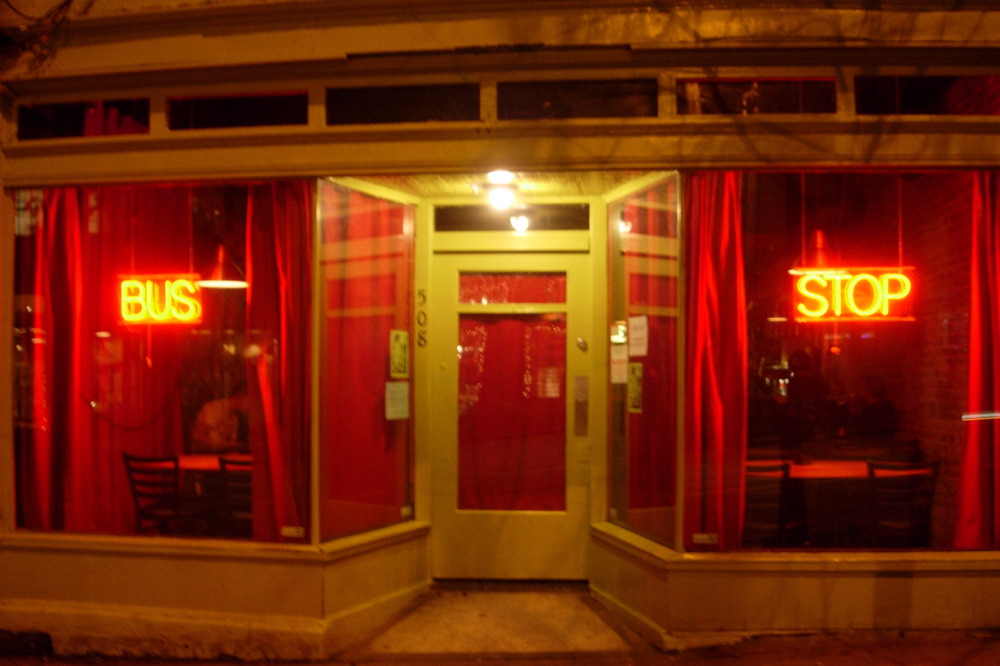The Death and Life of Great American City Blocks

[ Photo: joshc ]
“Cities need old buildings so badly it is probably impossible for vigorous streets and districts to grow without them. By old buildings I mean not museum-piece old buildings, not old buildings in an excellent state of rehabilitation — although these make fine ingredients — but also a good lot of plain, ordinary, low-value old buildings, including some rundown old buildings….
Even the enterprises that can support new construction in cities need old construction in their immediate vicinity. Otherwise they are part of a total attraction and total environment that is economically too limited — and therefore functionally too limited to be lively, interesting and convenient. Flourishing diversity anywhere in a city means the mingling of high-yield, middling-yield, low-yield and no-yield enterprises.”
— Jane Jacobs, “The Death and Life of Great American Cities,” 1961
The redevelopment of the 500 block of East Pine Street in Seattle’s Capitol Hill neighborhood has not suffered from lack of attention. Even the Seattle PI noticed. The people are down with Jane. So the question is, in the face of the substantial redevelopment necessary for Seattle to become a more sustainable city, how do we preserve diversity in the building stock and uses? The only approach I’ve heard so far that may have some potential is to mandate “micro-retail” spaces in new buildings. Any other ideas out there?
